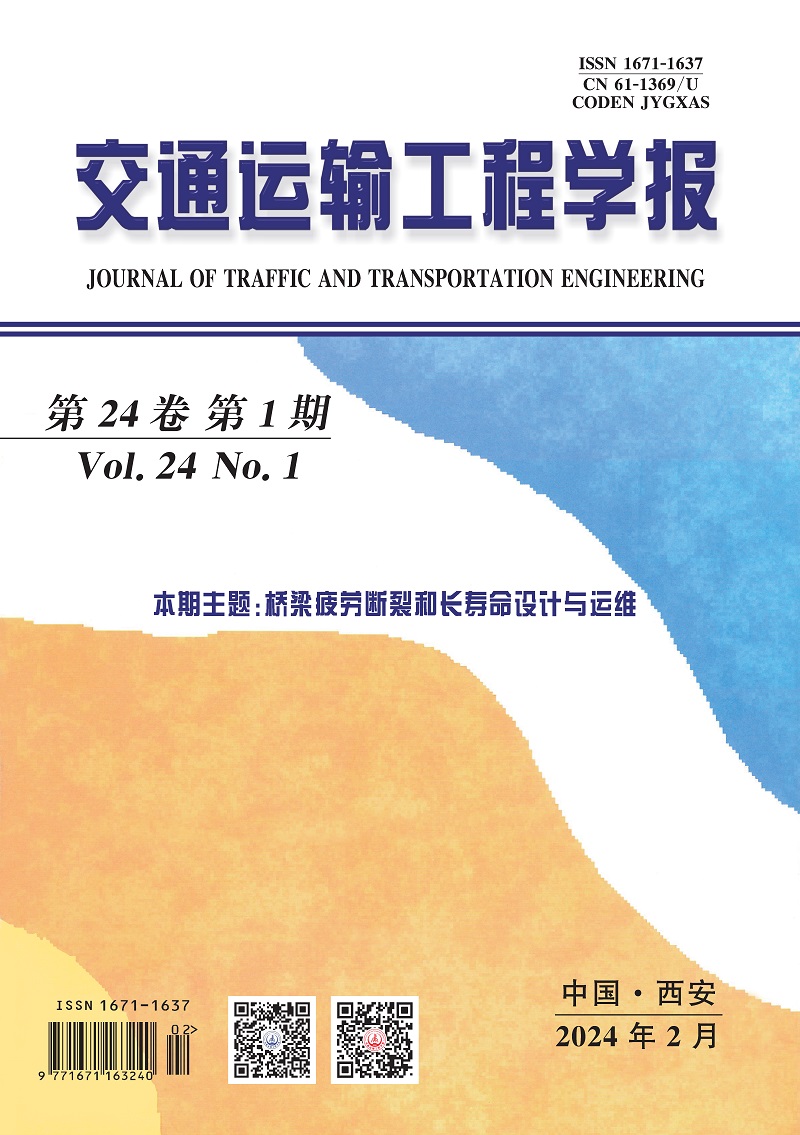2006 Vol. 6, No. 4
Display Method:
Abstract:
2006, 6(4): 1-4.
Abstract:
2006, 6(4): 5-9.
Abstract:
2006, 6(4): 10-13.
Abstract:
2006, 6(4): 14-19.
Abstract:
2006, 6(4): 20-22.
Abstract:
2006, 6(4): 23-26.
Abstract:
2006, 6(4): 27-31.
Abstract:
2006, 6(4): 32-35.
Abstract:
2006, 6(4): 36-40.
Abstract:
2006, 6(4): 41-46.
Abstract:
2006, 6(4): 47-51.
Abstract:
2006, 6(4): 52-56.
Abstract:
2006, 6(4): 57-61.
Abstract:
2006, 6(4): 62-65.
Abstract:
2006, 6(4): 66-70.
Abstract:
2006, 6(4): 71-74.
Abstract:
2006, 6(4): 75-79.
Abstract:
2006, 6(4): 80-83.
Abstract:
2006, 6(4): 84-87.
Abstract:
2006, 6(4): 88-90.
Abstract:
2006, 6(4): 91-95.
Abstract:
2006, 6(4): 96-100.
Abstract:
2006, 6(4): 101-104.
Abstract:
2006, 6(4): 105-111.
Abstract:
2006, 6(4): 112-115.
Abstract:
2006, 6(4): 116-121.
Abstract:
2006, 6(4): 122-126.




